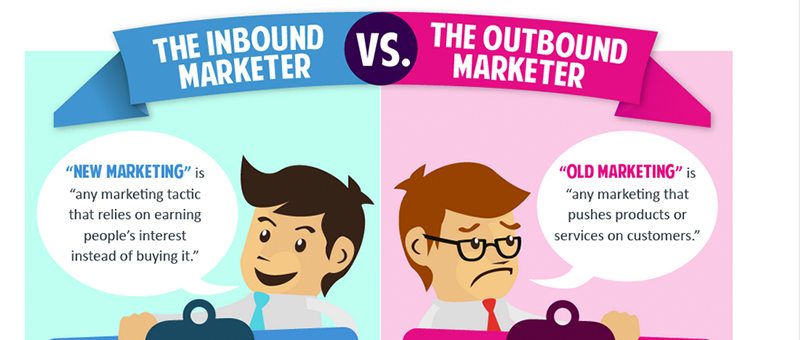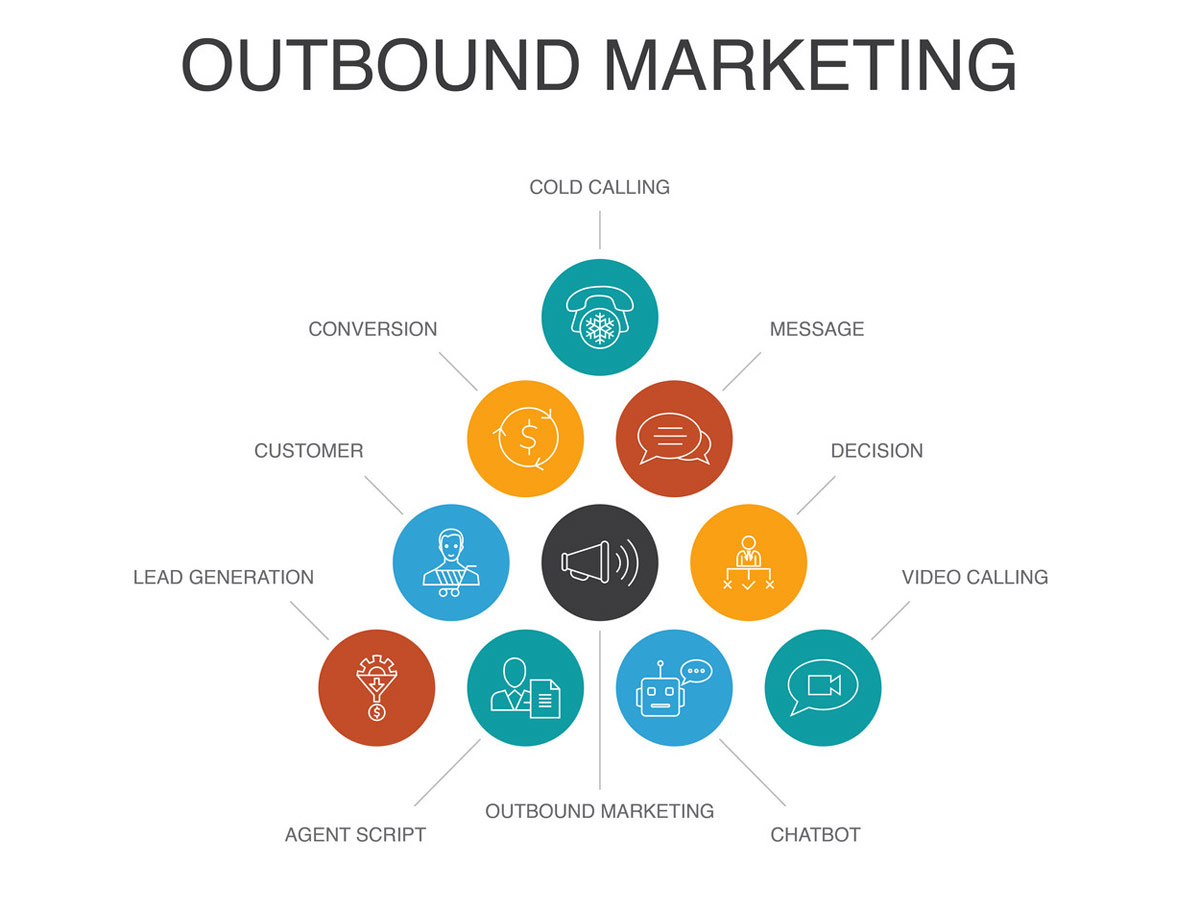
What is Inbound Marketing?
Through content, blogs, videos, and other ways, inbound marketing focuses on attracting people to your products and services by appealing to their expectations of a solution to their problems. The majority of people search for a solution to their problems online, whether it is a blog or a video; they simply want a solution. by using inbound marketing, we can generate more customers.
Your content should explain the difference between your product and the competitor’s product by embedding product comparisons, amazing testimonials, competitive pricing, and outstanding reviews into your podcast, social media posts, or reports.
Inbound marketing is powerful as you don’t need to disturb anyone; they will reach you out on their own. You just have to make proper content that is relevant to their issues.
Characteristics of Inbound Marketing
- Generating high-quality content-Inbound marketing is all about creating quality content. So the company can gain a good number of customers.
- Client Attraction-The aim of inbound marketing is to attract people towards our products and services in order to convert them into customers.
- Helping customers: Inbound marketing helps customers who are actively looking for such products online or a solution to their problem. To do this, we have to provide them with related content.
- Reduces expenses-Inbound Marketing reduces the need to interact with the customers personally as customers will reach you organically. So, you don’t need to incur any expense to get customers.
Inbound Marketing Advantages
- Minimize expense
- Higher trust and credibility
- Quality traffic and leads
- Opportunity to learn and develop
- Attract users
- Convert users into leads
Inbound Marketing Challenges
- Inbound marketing requires continuous maintenance to stand out from consumer needs and expectations.
- Inbound marketers spend more time creating quality content to convert users into customers.
- Inbound marketing demands a universal strategy, which means you’ll need to purchase tools to help you apply integrated, cross-channel campaigns.

What is Outbound Marketing?
In outbound marketing, paid marketing is involved, like Google ads, traditional advertisements, etc. It is completely different from inbound marketing. Here, marketers seek customers’ intent to interact and convert them into customers, whether they are interested or not, but you have to interact with them. Outbound marketing is mostly connected with traditional marketing methods such as direct mail, events, billboards, cold calling, newspapers, radio, TV, etc. But outbound marketing is also connected with modern technology, like pay-per-click advertising and spam emails.

Outbound Marketing Advantages
- Outbound marketing promotes brand awareness and helps to reach people who have never heard of your products or services before.
- Outbound marketing can produce immediate outcomes by people who are interested in your products and services and would like to take action on your ads and make a purchase.
- Consumers are familiar with outbound marketing as they are well aware that ads will come in the paper or on TV, and this will lead them to trust those ads more than the ones presented to them with newer technology.
Outbound Marketing Challenges
- It’s tough to make outbound marketing engaging and relevant to everyone.
- It’s easy for people to ignore outbound marketing, as many people mute their TV during ads or delete their mail through pamphlets.
- It’s tough to scale the effectiveness of some strategies, like billboards.
- Outbound marketing is expensive as we have to spend on traveling to trade shows, paying for banner ads, buying billboard space, etc.